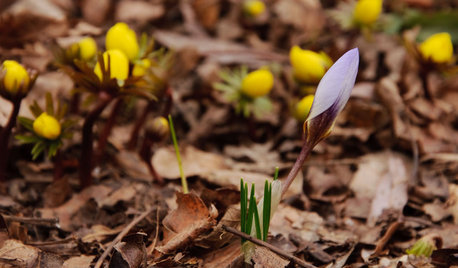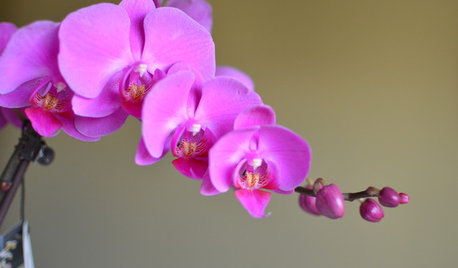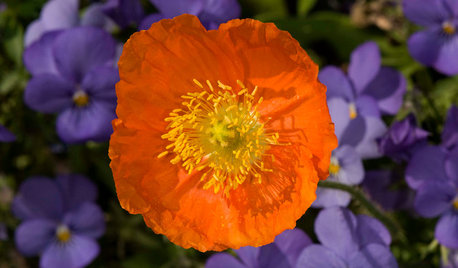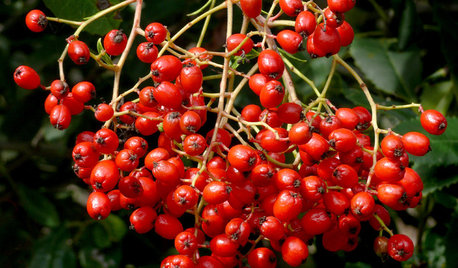Bulbs and viruses (the 2011 season)
kaboehm (zone 9a, TX USA)
13 years ago
Related Stories

LIGHTINGGuest Picks: Exposed Bulb Lighting
Celebrate the filament bulb with 20 stylish lighting options
Full Story
GARDENING AND LANDSCAPING4 Good Ways to Get Rid of Mosquitos in Your Yard
Stay safe from West Nile virus and put an end to irksome itches with these tools and methods for a porch, patio or yard
Full Story
GARDENING GUIDESGreat Lakes Gardener's February Checklist
Force flowering branches indoors or see if you can spy any early-flowering bulbs peeping out from the ground
Full Story
MID-ATLANTIC GARDENINGChecklist: What To Do in the Garden This Month
February Gardener: Plant sprouts, start seedlings, force bulbs, grow an orchid and more
Full Story
GARDENING GUIDESNorthern California Gardener's September Checklist
Welcome to the best season for planting just about everything, and for tackling major landscaping projects to boot
Full Story
SAVING WATER6 Reasons Why You Should Save Your Rainwater Now
Collect and store during the rainy season so you’ll have water ready for irrigation when you need it
Full Story
HOUZZ TOURSHouzz Tour: Open Living in the Arizona Desert
Spectacular surroundings drove the design for this warm, contemporary, open-plan home north of Scottsdale
Full Story
GARDENING GUIDESCalifornia Gardener's December Checklist
Let California's version of holly brighten the winter landscape — or consider another holiday performer from the whole host of choices
Full Story
HOLIDAYSHouzz Call: Share Your Personal Holiday Traditions
What winter rituals mean the most to you and yours? Post your stories and pictures
Full Story
HOLIDAYSChristmas Tree Decorating the Painless Way
Holidays are for carols, not cussing. Make tree trimming less work and more fun with this guide at your side
Full Story





dondeldux z6b South Shore Massachusetts
joshy46013
Related Professionals
Londonderry Landscape Architects & Landscape Designers · Wrentham Landscape Architects & Landscape Designers · Allentown Landscape Architects & Landscape Designers · Brentwood Landscape Architects & Landscape Designers · Seabrook Landscape Architects & Landscape Designers · Waunakee Landscape Architects & Landscape Designers · Crystal Landscape Contractors · Galveston Landscape Contractors · Point Pleasant Landscape Contractors · Tavares Landscape Contractors · West Haverstraw Landscape Contractors · Jacksonville Swimming Pool Builders · North Hollywood Swimming Pool Builders · Palos Verdes Estates Swimming Pool Builders · South Miami Heights Swimming Pool Buildersjoshy46013
kaboehm (zone 9a, TX USA)Original Author
kaboehm (zone 9a, TX USA)Original Author
joshy46013
dondeldux z6b South Shore Massachusetts
kaboehm (zone 9a, TX USA)Original Author
socalgal_gw Zone USDA 10b Sunset 24
joshy46013
ajsblu_eyes
Noni Morrison
haweha
haweha
blancawing
ryan820
joshy46013
haweha
haweha
dondeldux z6b South Shore Massachusetts
ryan820
dondeldux z6b South Shore Massachusetts
ryan820
haweha
ryan820
joshy46013
ryan820
npublici
joshy46013
ryan820
joshy46013
haweha